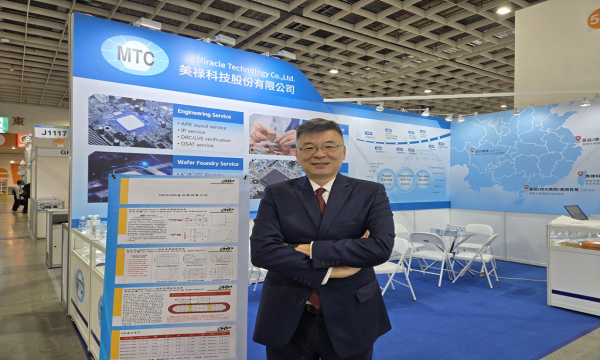25+
Years of experience我们在台湾、中国与韩国已累积Tape out服务经验。
美禄科技同样也有开发自有品牌的电源功率相关应用元件设计、制造与行销,并提供严格品质管理与售后服务客户。
了解更多
Why Choose Us
美禄科技保证将带给客户最好的晶圆代工代理服务, MOSFET与Photo Coupler产品, 而美禄科技期待与您建立长远互惠合作的伙伴关系。
-
专业团队
-
品质管理
-
技术整合
-
客户满意
News & Blog
我们将定期发布美禄科技最新资讯









